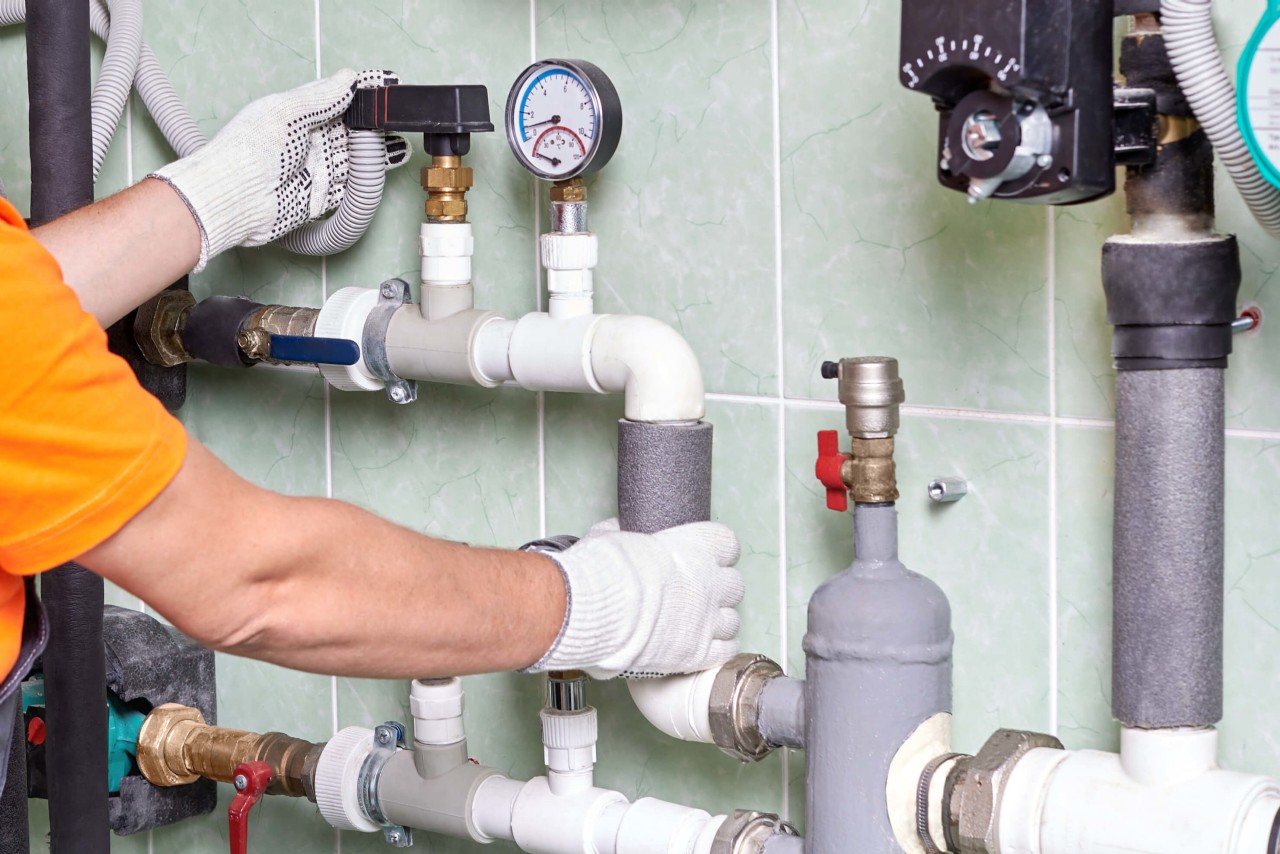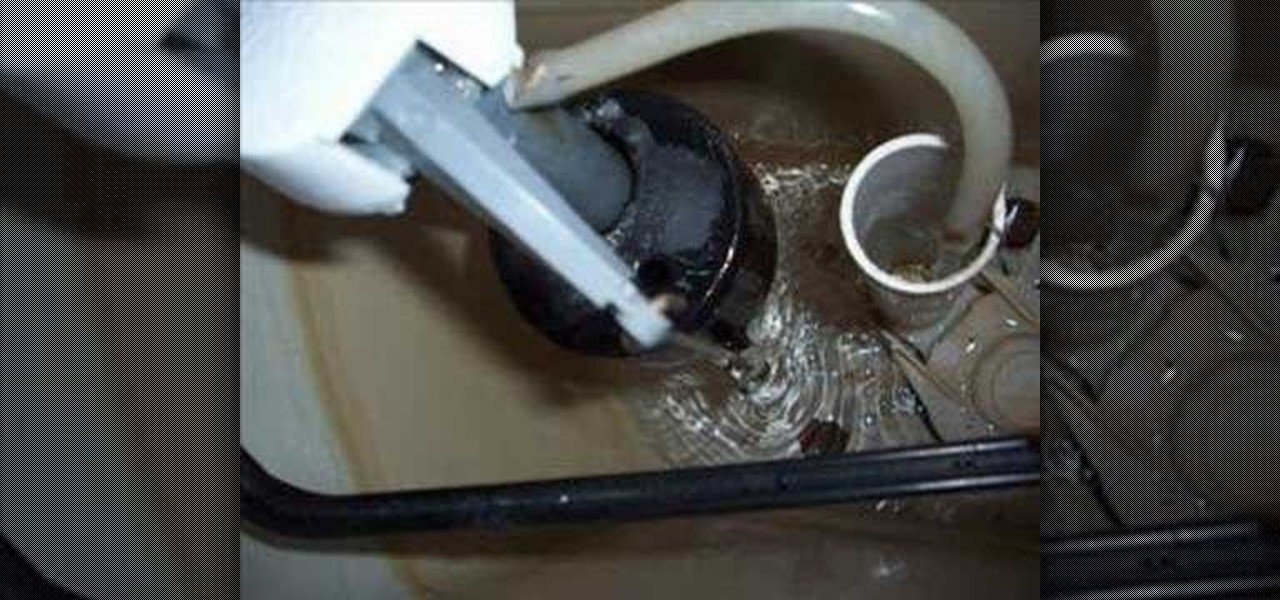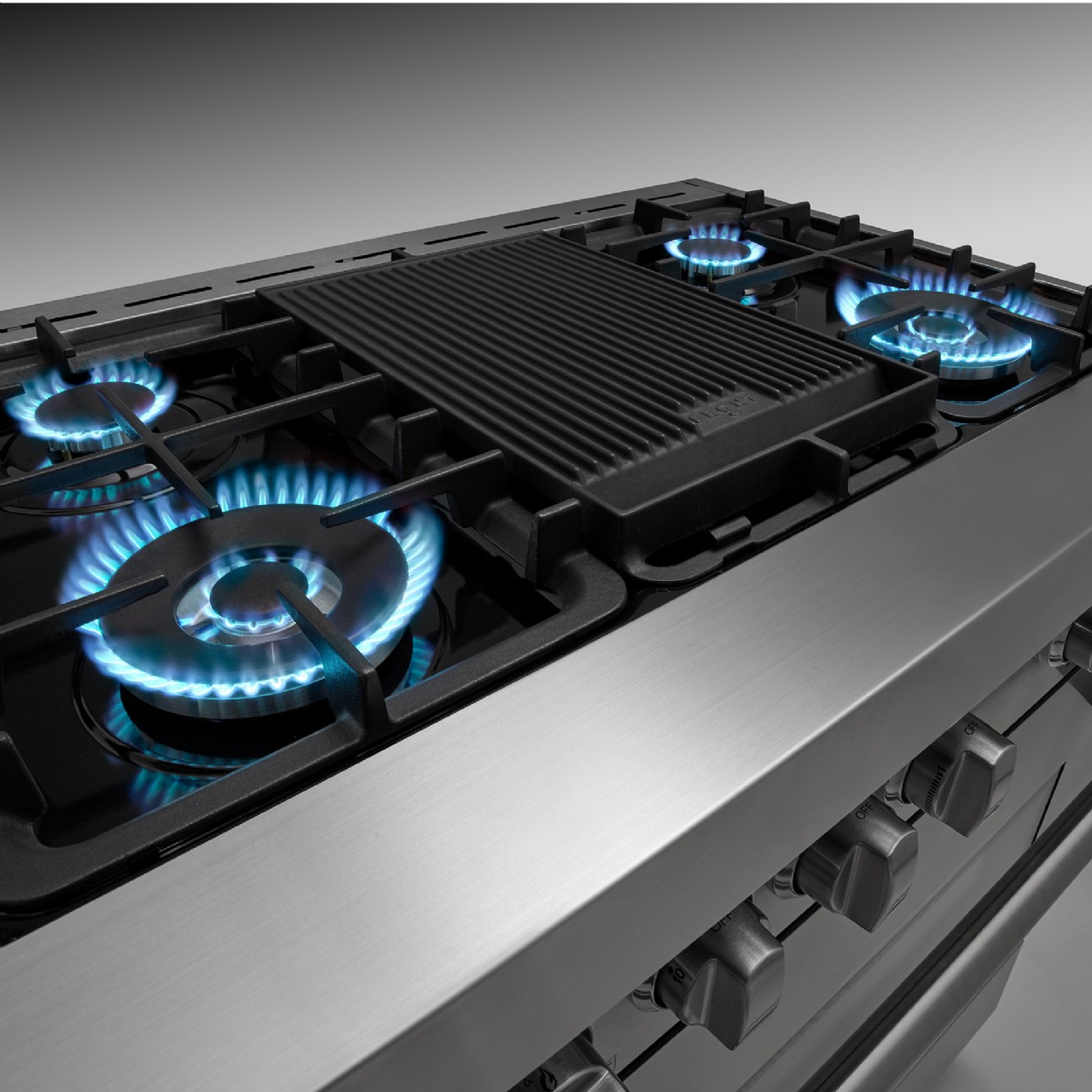Waterborne Disease Prevention
Waterborne diseases are caused by pathogenic microorganisms that are present in contaminated water sources. These diseases lead to a significant number of illnesses and deaths worldwide. However, with appropriate prevention strategies, the risk of contracting waterborne diseases can be greatly reduced.
Ensure Safe Water Sources
Access to clean and safe water is crucial for avoiding waterborne diseases. It is important to obtain water from protected sources such as treated municipal water supplies, boreholes, wells, or other reliable sources. Drinking water should be sourced from a reputable and trusted supplier whenever possible. Avoid consuming water from sources where its safety is doubtful.
Proper Sanitation
Improving sanitation is a fundamental aspect of preventing waterborne diseases. Proper disposal of human waste, usage of functional toilets, and regular handwashing with soap and clean water are key elements in reducing the transmission of waterborne diseases. Adequate handwashing should be practiced before handling food or eating, after using the toilet, and after any contact with potentially contaminated materials.
Water Treatment
If clean water is not readily available, effective water treatment methods should be employed. Boiling water is the most dependable method for ensuring its safety, as it kills bacteria, viruses, and parasites. Alternatively, water can be treated with chlorine or iodine tablets, or through filtration systems that are designed to remove pathogens. These methods significantly reduce the risk of waterborne diseases when used correctly.
Safe Storage
It is essential to store and handle water properly to prevent contamination. Water should be stored in clean containers with tight-fitting lids to prevent the entry of insects, dust, or other pollutants. Containers should be regularly cleaned, and water should not be collected or stored in containers that previously held chemicals, fuel, or other hazardous substances.
Regular Testing
Testing water for microbial contamination and chemical pollutants is important to ensure its safety. Regular water testing, especially in areas with limited access to treated water supplies, helps identify potential risks and take necessary steps to prevent waterborne diseases.
Community Education
Creating awareness and providing education on waterborne disease prevention is crucial in promoting healthier practices. Informing communities about the importance of safe water sources, sanitation facilities, and proper hygiene practices can lead to improved health outcomes and reduced disease burden.
Vaccinations
In some cases, specific vaccinations can be used to prevent waterborne diseases such as cholera or typhoid fever. Vaccinations should be considered for individuals living in high-risk areas or those who are planning to travel to regions where waterborne diseases are prevalent. Consultation with healthcare professionals is essential to get the appropriate vaccinations.
Conclusion
Preventing waterborne diseases requires a multi-faceted approach that includes ensuring safe water sources, promoting proper sanitation practices, employing effective water treatment methods, and educating communities. By implementing these preventive measures, we can significantly reduce the incidence of waterborne diseases and improve public health.



 81
81
